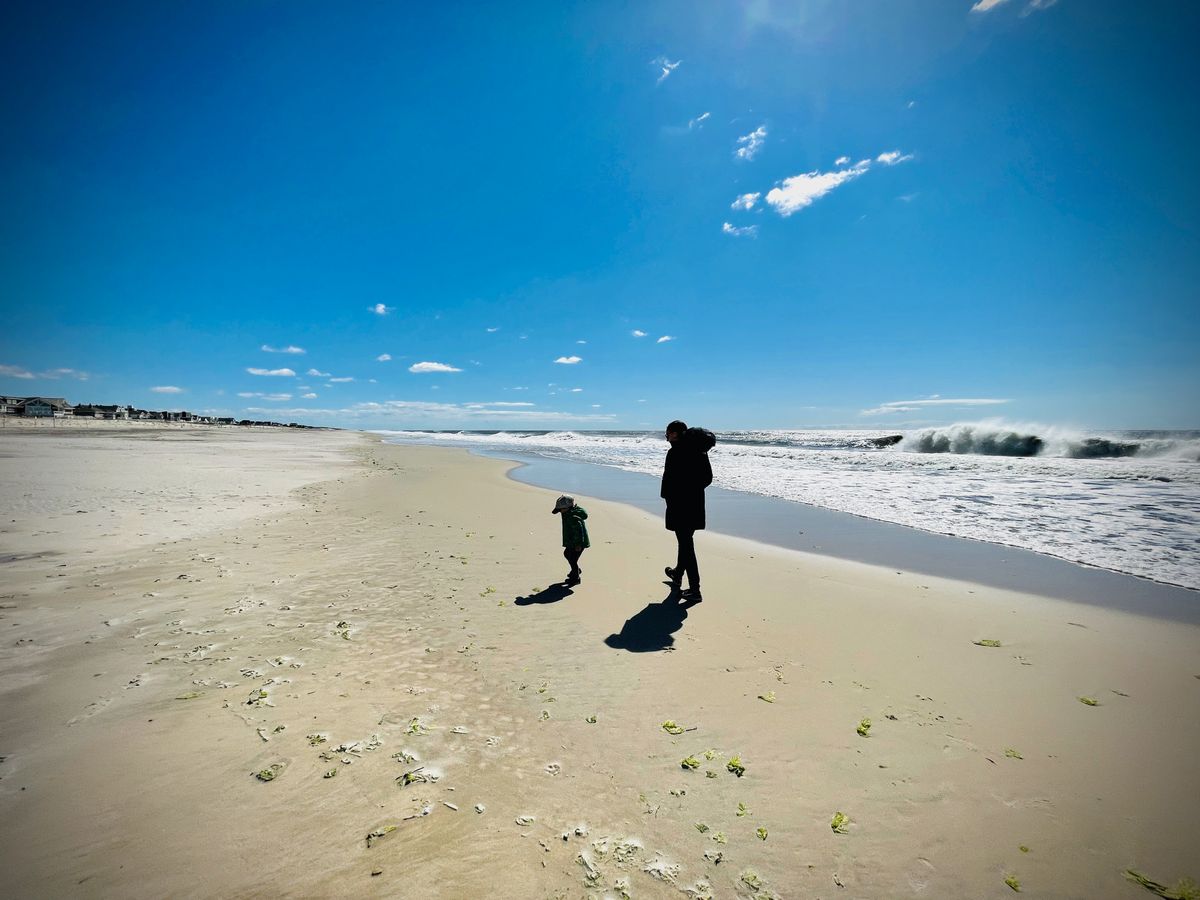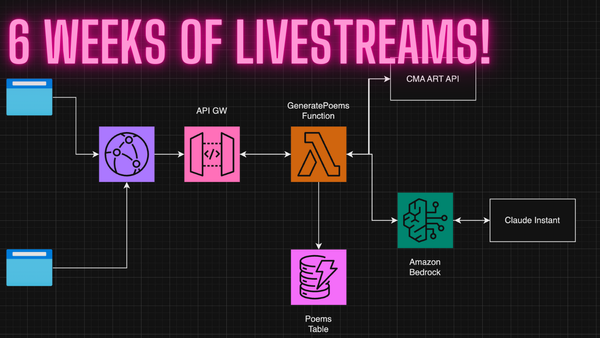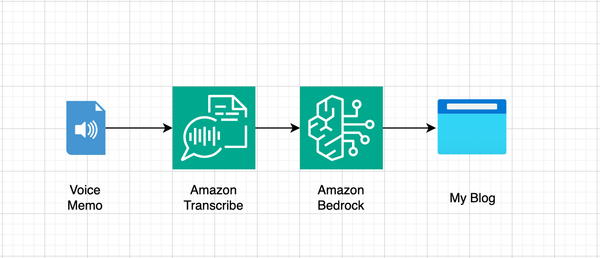Are You Happy, or Not, or Not Sure?
It’s not just about making sure the tech works, it’s actually about designing the experience in a way that highlights the people on the phone in a way that replaces something they would ordinarily experience in person.

Here I am again. Typing! Yesterday’s heat felt ok to me, but I didn’t have to leave the house too much, and certainly didn’t have to walk all over the subway and brave the city streets. Instead I was mostly at home, sitting in my air conditioned workspace, sometimes with a window open, sometimes not. Today it’s cooler out—windows open.
Virtual Onboarding
My first three or four months at Amazon were entirely virtual. I attended meeting after meeting online and went through my entire onboarding process virtually. I interviewed virtually as well, forgetting to ask my recruiter where the office even was. It just never occurred to me!
I roamed the couches and coffee tables of our Brooklyn apartment with a laptop and headphones, and when we upgraded to this big townhouse in Long Island, I sort of did the same. After a few moths I set up a desk in our bedroom, facing the wall. It has a large display, a docking station, a keyboard and mouse and even a nice stand where I set my laptop for a little extra real-estate. Later, I added a decent desk chair and a webcam and even a lamp and a plant that has since died. It’s a comfortable setup where I can do 99% of my work easily.
These days, about once a month, I head to the office in Manhattan. My commute is simple. I hop on the train that terminates in our town and hop off 40 minutes later at Penn Station. Then, I just walk a few blocks over to where our office is, across the street from the Empire State Building. Sometimes I get dropped off at the train station, sometimes I take the bus, and sometimes I grab a taxi to get home at night. It’s a pretty easy commute for a Long Islander.
My group at work is very interested in how we return to the office. Everyone seems excited to be back in person, but also highly aware that we should all be making these kinds of decisions on our own. There are often opportunities to come in to the office for a reason bigger than sharing anecdotes at the water cooler. I feel like it has to be this way. Everyone is different, everyone is an adult, we should all be able to determine our own day the way that makes the most sense in that moment.
Personally, I like both working from home and working from the office. I find it energizing to meet up with people in person, to share some real face-time and to collaborate in real-time. But, I also really love working from home, where I am right now, sitting at the desk in our bedroom, with the birds chirping outside. I’m pretty productive here, and can easily find time to focus and think deeply when the need arises.
Soon, I’ll be traveling for work. I have a couple of trips on the books for June. It will be the first time I’ve been on an airplane since before the pandemic. I had to renew everything. As a museum consultant, I was able to rack up enough frequent flyer miles to gain Executive Platinum status. That all expired about a month ago, so I am back down to no status and I’m totally fine with that. My passport expired a couple months back as well, but I won’t need that for now. I’ve been really happy being a homebody for the last two years, but it’s time to stretch my legs a little. It’s important to see the world.
Hybrid-shmybrid
Today I’ve been thinking about all the conversations that have been happening recently around the “hybrid office.” Personally, I don’t think it really exists. It currently takes a monumental effort to make a hybrid meeting a success. Someone is usually at a disservice (typically the folks who have dialed in to the meeting) and often the person who puts the meeting together neglects to do anything additional to make the experience leveled for those on the phone. We have all this tech and the whole thing still falls apart pretty easily.
Recently, I’ve been a part of several hybrid style meetings where things were slightly better than the norm. I think this was largely because of the meeting organizer’s sensitivity to the issue. It’s not just about making sure the tech works, it’s actually about designing the experience in a way that highlights the people on the phone in a way that replaces something they would ordinarily experience in person.
This is kind of difficult to explain, probably because it’s really just a theory of mine. But, I’ll try. What I’ve observed about hybrid meetings, even before the pandemic is that they go something like this: “We are gonna have a regular meeting, and the folks who can’t join in person will just have to deal with it.”
This scenario seems pretty typical to me, and to be honest, it can actually work out as long as we don’t get fancy. If the meeting is small enough, and it’s just a conference call, the people on the phone get a similar experience. In fact, they may even be highlighted since the in-person group may be kind of talking at the phone. When things start to take on even a tiny bit more complex shape, the experience breaks down quickly. Once we start adding media, white-boarding, or any kind of facilitated activity, the people in the room have one kind of meeting while the people on the phone have another. All of the sudden it becomes a big technology challenge.
But there’s more to a hybrid work situation than just meetings. The water-cooler thing is a thing. It’s easy to argue that spending a single day at the office might feel incredibly valuable and productive, if what you value is connecting with others in person. That sort of behavior is nearly impossible to replicate from home—unless you try.
Personally, I think all we have to do is try a little bit harder. People are highly motivated to make these sorts of things work when the end result is something they covet. The pandemic proved that “virtual dating” could be a thing and that we could stay connected with our loved ones through Zoom if we really wanted to. In fact, I’d say people may have even felt closer to one another because of all the Zooming that started happening in the Spring of 2020. Forced interactions in the name of keeping our own sanity in check felt like a smart thing to do at the time.
If we take some of these ideas and point them at the workplace, then I think a hybrid work environment might be possible, if not better. All we need is that motivation and those forced situations to kick things off. Virtual happy hours, and Zoom ice-breakers will only get you so far. They get pretty tired pretty quickly. So, how can we continue to connect with each other longer term?
Huddle Up and Deal
I really love Slack’s Huddle feature. It’s a quick and casual way to start a conversation remotely. I use it frequently to have one-on-one discussions with my co-workers. They are usually preceded with a quick message like “hey do you have a few minutes to chat?” Often, someone will start a Huddle in the middle of a conversation, presumably to short-circuit what might be a lot of typing to get a quick point across. There is no video to worry about, and you can share your screen.
I’ve noticed it’s less often that we will use Huddles in a group setting. That whole idea of “A Hole in Space” where we’d have an always on video connection to an office environment somewhere just never seemed to take hold. People working at home like to keep it casual, and are not always ready to present themselves on video at a moment’s notice. Huddles solves this by not allowing video. Nobody has to worry about the possibility of going on video. I think this makes the feature extremely valuable.
Is Slack’s Huddle feature like a water cooler? Could it be? What if people created a channel on their Slack called “#water-cooler” where a Huddle was just always happening. Would anyone join?
At work we all use Amazon Chime to communicate. When I joined, we had already switched most of our chats over to Slack, even though Chime has a chat feature as well. Every once in a while I will get a chat message through Chime and when I do, it feels like it’s gonna be important. But, mainly we use Chime for video and voice calls, both internally and with customers. In Slack you can launch a Chime session with a single command, so it’s kinda like a Huddle, but there is the threat of having to go on video. It’s interesting to me how these little interface choices feel one way or another. Everything leading to a happy or sad face response.
:) or :(
Have you ever noticed those little kiosks in the bathrooms at airports, or just sitting there after you’ve gone through security? There are several companies that make these “Smiley Surveys” or “Happy or Nots.” They seem pretty low-key, but they are incredibly clever tools, able to capture tons of data in real-time. The trick with these is that they require very little thinking (some people call this cognitive load) on the part of the user. You know when you are smiley vs. sad faced about pretty much everything—just tap the button to let us know! From this little tiny interaction, at scale, you can be informed that a bathroom needs attention, or that the lines at security are causing tensions to rise.
Imagine if we installed these buttons in other places—like at the end of every hybrid-meeting, or I don’t know, everywhere, throughout our day? Some kind of pop-up, click-me, yes or no, kind of thing to track how we feel about just about anything at any given moment. Oh wait …
Happy Workers Make Work Happy
I guess I’m landing on this whole notion of companies just doing anything and everything they can to make their employees happy. To me, that’s pretty much all it takes to realize a highly motivated and productive workforce. And really, in just about any situation in life, working hard to make other people happy is not a bad way to operate.
So when you are organizing your next big hybrid meeting or event, or Zoom-able dinner party, think about what you might do to make everyone as happy as possible, regardless of where they are in the world. And, when it’s all over, don’t forget to present them with a Smiley Survey.


